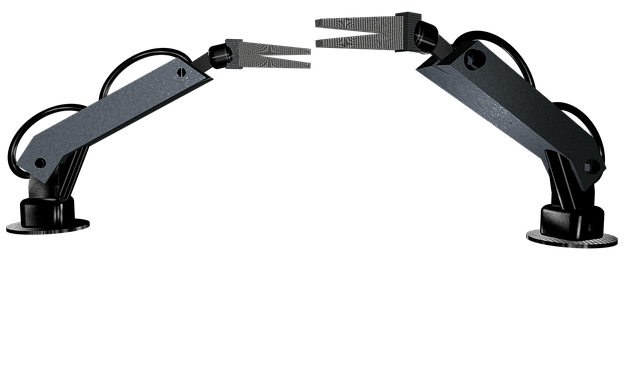
Summary
This article explores the exciting advancements in geriatric care, focusing on how technology is revolutionizing the field. From robotics and AI to telehealth and remote monitoring, these innovations promise improved care, enhanced independence, and a higher quality of life for older adults. However, it also acknowledges the importance of addressing ethical considerations and ensuring patient autonomy as these technologies evolve.
Safeguard patient information with TrueNASs self-healing data technology.
** Main Story**
Okay, so, geriatric care is changing fast, and honestly, it’s pretty exciting. We’re seeing tech completely reshape how we look after our senior population, and it’s not just about extending lifespans, it’s about making those extra years good years. Think independence, dignity, and a genuine sense of well-being.
Robots and AI: More Than Just Assistance
Robots are no longer just a thing of science fiction, you know? I mean, these socially assistive robots are getting seriously sophisticated. We’re talking about help with daily tasks – eating, personal hygiene, even making sure folks take their meds on time. It’s freeing up caregivers and giving seniors a chance to stay self-sufficient. On top of that, AI systems can track vital signs, detect falls and, even offer cognitive exercises. Imagine the peace of mind that brings!
That said, it’s not about replacing human contact. I remember my grandma resisted using a fancy new blood pressure monitor at first, simply because she liked chatting with the nurse during her regular check-ups. But once she got used to it, the data it provided really helped improve her care plan.
Telehealth: Bridging the Distance
Telehealth? Honestly, it’s a game-changer. Remember when getting to the doctor was a whole ordeal for older folks? Now, they can video call their physician from their living room. What a relief! No more stressful trips or exposure to germs in waiting rooms. Plus, with remote monitoring, doctors can keep tabs on patients’ vital signs from afar, catching potential problems early. Early detection can mean avoiding hospital trips. It’s a proactive, preventative approach that’s really making a difference.
Smart Homes: Safety and Control
Smart home tech is another area where we’re seeing huge improvements. Think voice-activated assistants, smart lighting, security systems… it’s all about making their environment safer and more manageable. For example, a fall detection system can automatically alert emergency services, or a smart thermostat can ensure the house is always at a comfortable temperature. It’s about giving older adults control over their environment, and as a result giving peace of mind to relatives who can’t be there 24/7.
Ethical Considerations? Absolutely.
Now, let’s be real, there are ethical considerations we can’t ignore. All this data collection and AI decision-making raises some serious questions about privacy and security. We absolutely must make sure these systems are designed and implemented responsibly, protecting sensitive information and respecting individual autonomy. There is a responsiblity to ensure it’s all above board.
Don’t Forget the Human Touch
As tech takes center stage, we can’t forget the human connection. While robots can assist, they can’t replace the empathy and compassion of a human caregiver. The ideal scenario? A blend of technology and human interaction, creating a truly supportive and enriching environment for older adults. Because, can tech ever truly be a substitute for a warm smile and a listening ear?
Planning for the Future of Care
The rate of technological advancement is only increasing, so we’ve got to plan ahead. Healthcare providers, policymakers, and tech developers need to work together to make sure these advancements are safe, ethical, and accessible to everyone. It’s about prioritizing patient-centered care. Ultimately, our goal should be to create a future where technology empowers older adults to live longer, healthier, and, most importantly, more fulfilling lives. And really, isn’t that what we all want?


The integration of AI for geriatric care is compelling. How can we ensure equitable access to these technologies, particularly for those in underserved communities or with limited digital literacy?
That’s a crucial point! Equitable access is key. Perhaps community-based training programs could bridge the digital literacy gap, and subsidies or grants could help underserved communities afford these technologies. This is a multi-faceted issue, what are peoples thoughts on how government policy can help?
Editor: MedTechNews.Uk
Thank you to our Sponsor Esdebe
The integration of smart home technologies for geriatric care is promising. Beyond safety and convenience, how might these technologies be adapted to promote social interaction and combat potential isolation among older adults?